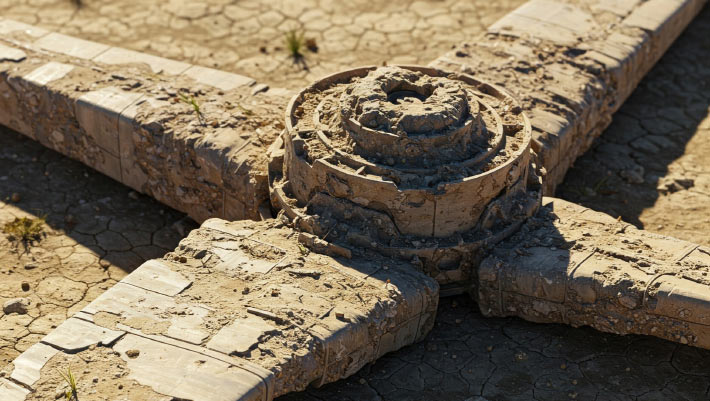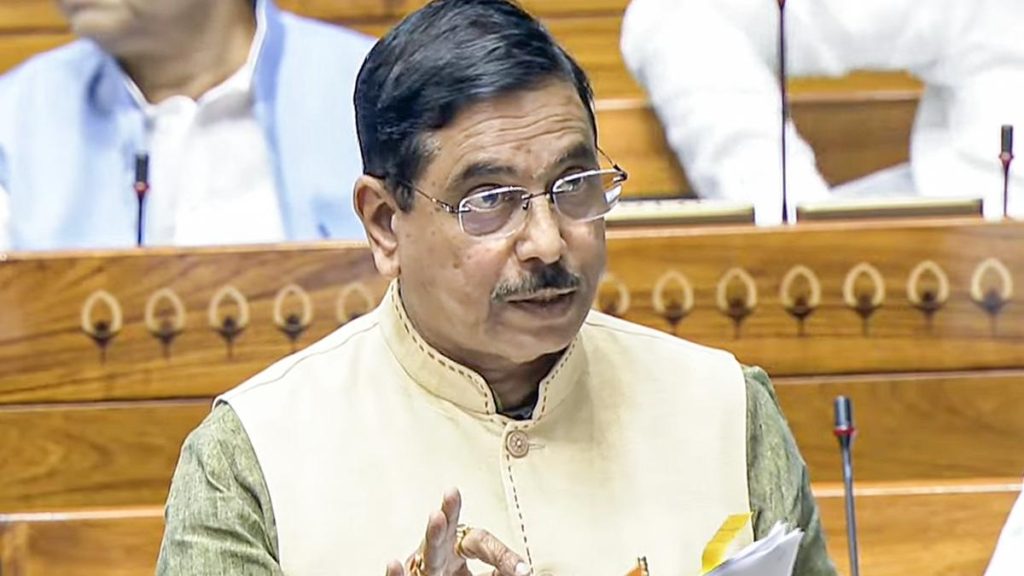Now Reading: Wind Turbine Blades: Future Fossils That May Puzzle Paleontologists
-
01
Wind Turbine Blades: Future Fossils That May Puzzle Paleontologists
Wind Turbine Blades: Future Fossils That May Puzzle Paleontologists

Speedy Summary
- Authors and Subject: University of Leicester paleontologists Sarah Gabbott and Jan Zalasiewicz have published Discarded: How Technofossils Will Be Our Ultimate Legacy, exploring how human-made items will fossilize over millions of years as part of the “technofossil” legacy.
- Focus on Wind Turbine Blades: The authors specifically highlight wind turbine blades, which are made from hard-to-recycle materials like fiberglass, epoxy resin, and carbon fibers. These blades could form unique fossils as they are buried in landfills after decommissioning.
- Predictions for Future Paleontologists:
– Wind turbine blade fossils may look like enormous hollow bones or mineral-encrusted shapes.
– Scientists far in the future might struggle to decipher their purpose but might reconstruct them similarly to dinosaur skeletons.
- Broader Discussion Points:
– Millions of technofossils from everyday items (e.g., plastic waste, smoke particles, silicon chips) will leave an unprecedented human footprint on Earth’s fossil record.
– Understanding fossilization processes can definitely help address current waste challenges and toxicity-related issues.
Indian Opinion Analysis
The concept of “technofossils,” as explored by Gabbott and Zalasiewicz, provides a striking way to reflect on humanity’s long-term environmental impact. For India-a country committed to renewable energy advancements-the study’s emphasis on wind turbine blade disposal is particularly significant. While wind energy remains critical for India’s enduring growth goals (as outlined in its National Action Plan on Climate Change), it also raises concern about addressing waste management at scale when these technologies reach end-of-life.
India’s rapid urbanization coupled with growing consumerism aggravates concerns about burgeoning landfills filled with other types of technofossils such as plastics and electronic waste. This thought-provoking exploration underscores the importance for policymakers and industries to integrate life-cycle planning into renewable energy infrastructure while tackling broader environmental footprints proactively.
























